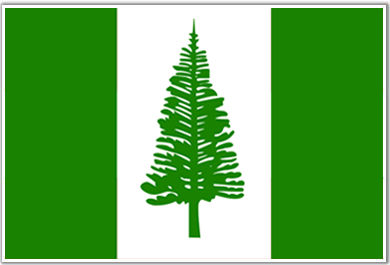This book is bloody comprehensive. Every little detail of the events leading up to the 1946 atomic tests at Bikini Atoll laid out in tedious sequence.
Pardon my ennui - the text isn't badly written by any standard, but it dwells so much on political and military history, in particular the machinations between the competing parties of the US Navy and Air Force, that honestly wasn't terribly interested in a lot of chapters. Quite a bit of military drama though - almost like a sequel to Michener's Tales of the South Pacific.
I've learned a lot of new stuff, though - what a sensation those tests were, with J. Robert Oppenheimer and the other Project Manhattan celebrity scientists gone peacenik and speaking out against them, while the press drummed up fears that it might incinerate the atmosphere (or else prove the Navy obsolete, if the bomb drop ended up sinking all the decommissioned warships around the island). Americans had the words "atomic" and "project" on their lips all day, a French designer hijacked the word "bikini" for his explosive new swimsuit (that outdid the scantiness of an earlier competitor, the "atome").
And the sheer folly behind so much of it - people writing letters of complaint about the animals being tested (goats and pigs), wanting to salvage the not-very-old World War II battleships they'd fought on, the way the US government categorically denied the long-term ill effects of radiation, and then later claimed it was "a very pleasant way to die" (in spite of the fact that US physicists had died in agony protecting others from radiation during experiments). And what a bust so many of the tests were, with the inaccuracy of the bomb drops rendering the majority of the cameras and instruments useless, and other results covered up or destroyed, and journalists fooled by the muckup of the first test into thinking that the bomb wasn't very powerful at all...
Weisgall is, by the way, a lawyer representing the indigenous people of Bikini Atoll, who gave up their land willingly to the US for these tests based on the assurance that they'd be well looked after (they haven't been, of course; they starved on their first replacement island), and that they'd be allowed to eventually return. And they did return in 1978, but the radiation from surrounding nuclear tests had poisoned the soil, turning everything that grew on the island radioactive, from the coconuts to the crustaceans, impossible to live their idyllic island lives, so the island remains lush and untouched, a toxic paradise.
Oddly enough, Weisgall doesn't dwell on the Bikini people very much. The accounts of the atomic tests' other victims are better documented: the radioman of the Japanese tuna fishing boat Lucky Dragon, which got caught by unexpected fallout, the American sailor boys who swabbed the decks of the radioactive battleships, often shirtless and in shorts, unable to comprehend the problem of this invisible radiation that they couldn't scrub clean, and now dying in dozens from strange cancers which the Navy says it can't directly trace to the test sites (they do get medical treatment now; but only because veterans' benefits are more comprehensive now than post-World War II).
So yes, lots of stories. And I've learned plenty. Didja know footage of the Bikini tests was used in both Doctor Strangelove and the original Godzilla? But enough for now. Too many facts; would honestly prefer some literature.
View Around the World in 80 Books!!! in a larger map
Representative quote: Lore Kessibuki stood on deck for hours until the LST had cleared the Eneu channel and he could no longer see any of Bikini's islands. He then composed a song, both sad and hopeful, which remains the Bikinians' anthem today:
No longer can I stay; it's true.
No longer can I live in peace and harmony
And rest of my sleeping mat and pillow.
No longer can I stay on my island;
I must leave all the things there.
The thought overwhelms me and leaves me helpless.
My spirit has to travel, far away, lost
Until it is caught in a great current.
Only then can I find peace.
Next book: Carl N. McDaniel and John M. Gowdy's Paradise for Sale: A Parable of Nature, from Nauru.






